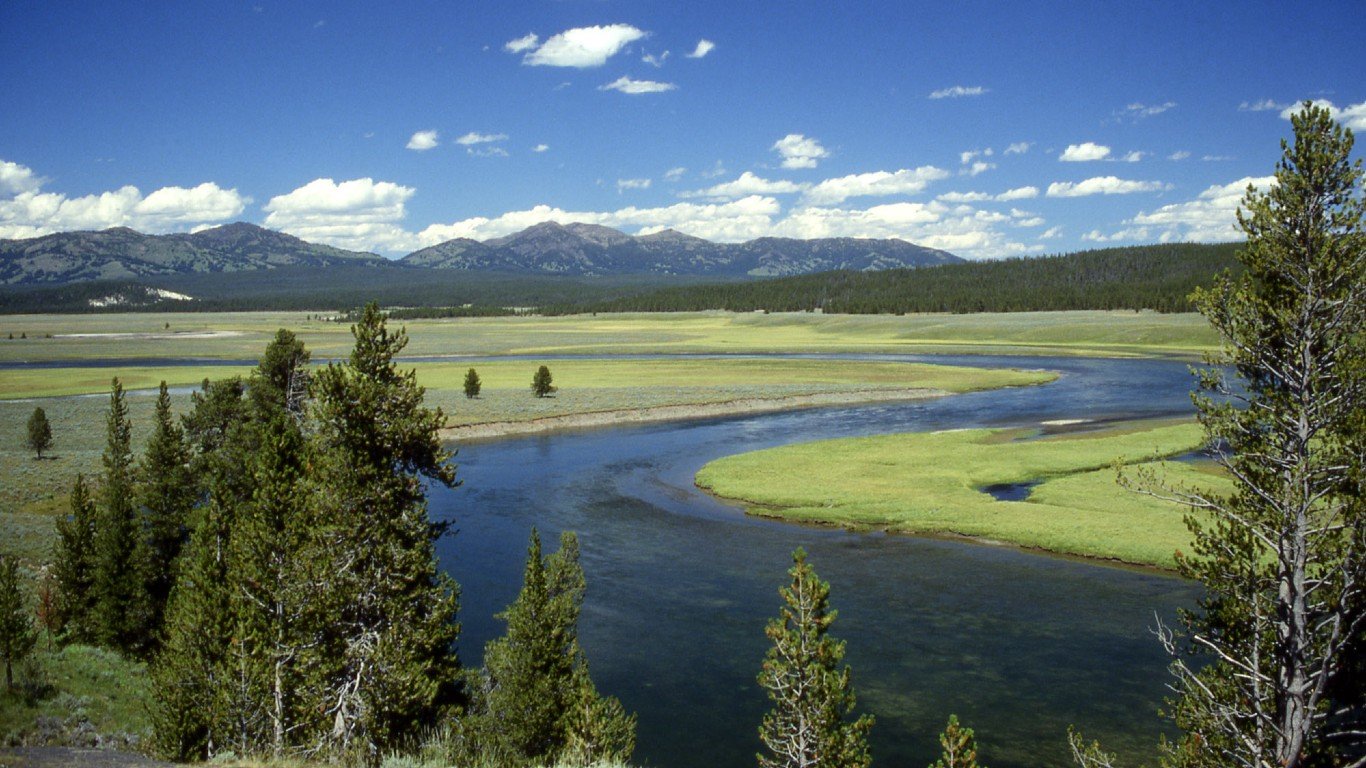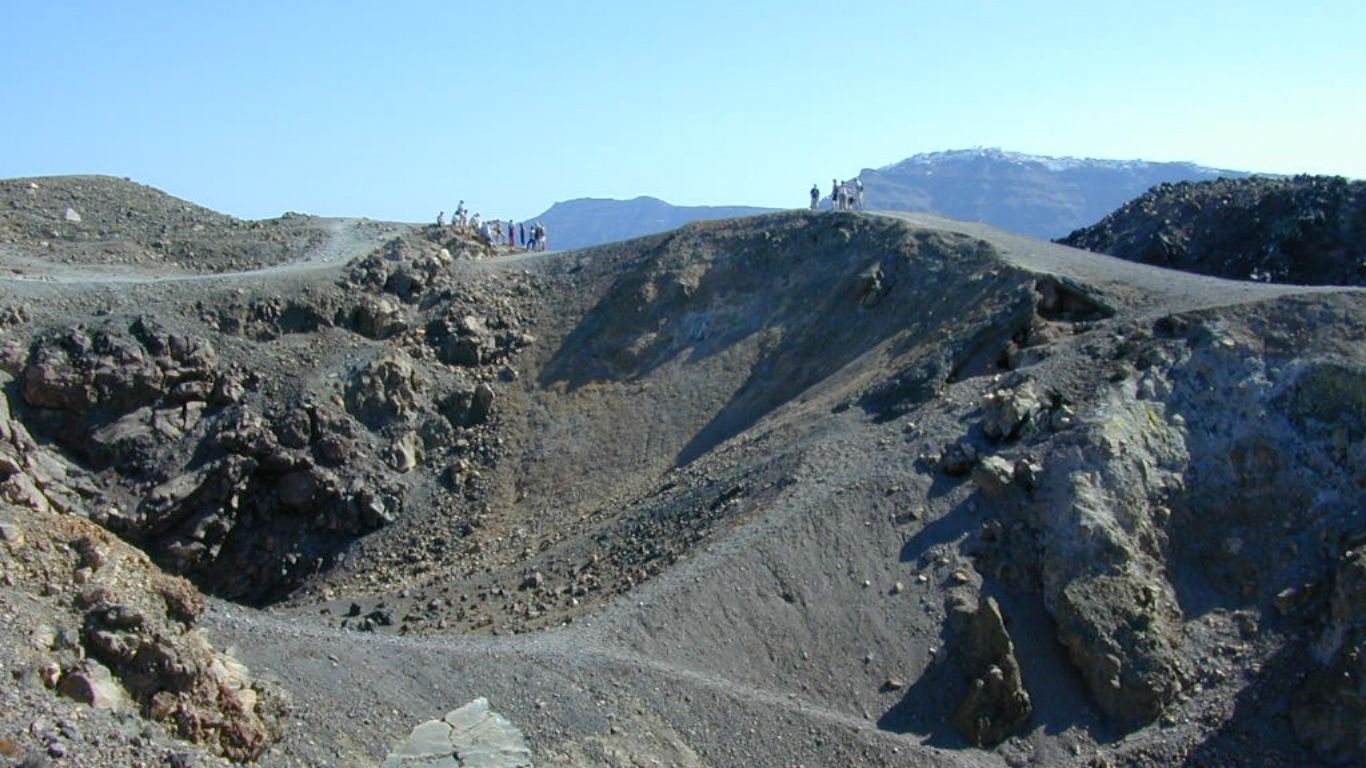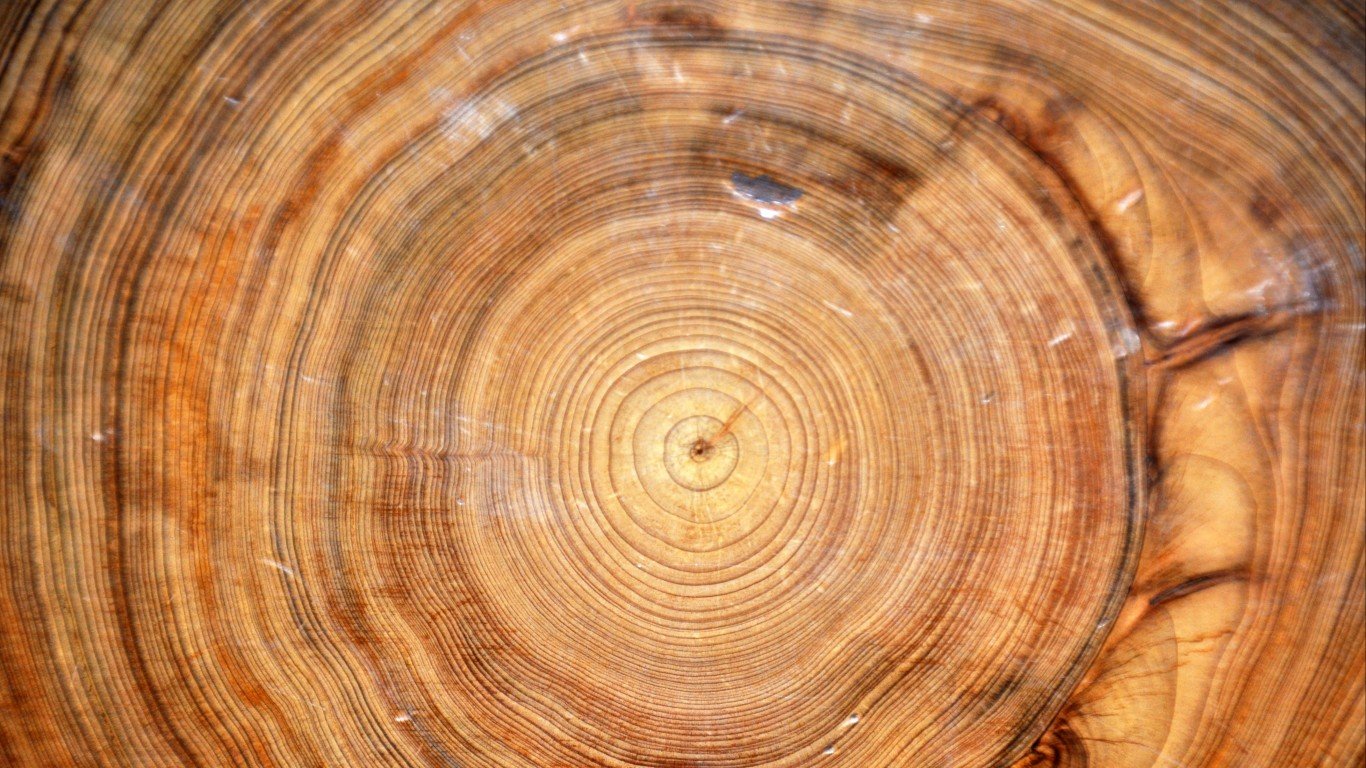11. Yellowstone eruptions
> Era: 2.1 million years ago, 1.2 million years ago, 640,000 years ago
Yellowstone National Park, now a popular tourist destination, has been the source of three cataclysmic volcanic eruptions, occurring 2.1 million years ago, 1.2 million years ago, and 640,000 years ago. While the first of these was the most powerful, the most recent was still extremely strong, producing an estimated 1,000 cubic kilometers, or about 240 cubic miles of ash and magma, or about 4,000 times as much material as in the eruption of Mount St. Helens.
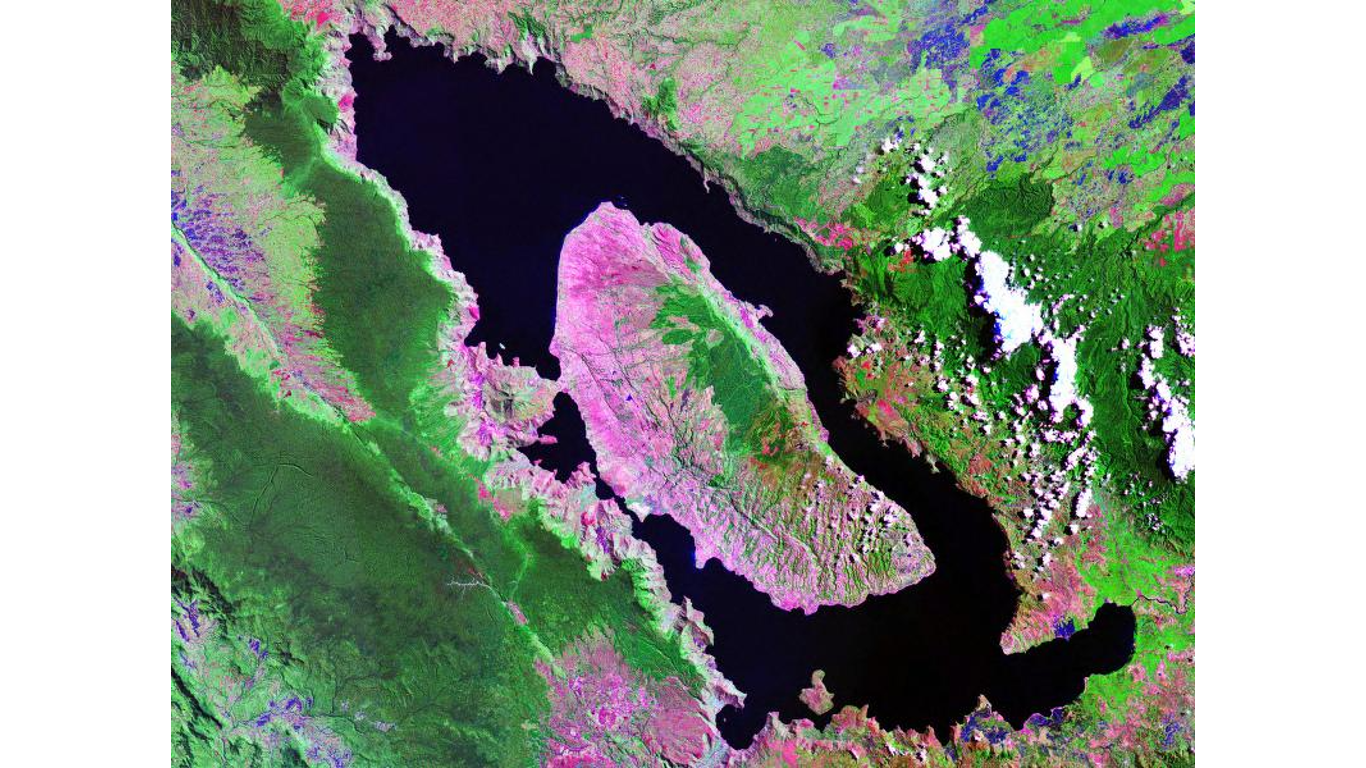
12. Toba eruption
> Era: 74,000 years ago
Around 72,000 B.C., the Toba supervolcano in Sumatra, Indonesia, erupted. The eruption may have ejected over 670 cubic miles of material into the atmosphere, thousands of times more than the ash and magma released during the eruption of Mount St. Helens in 1980. The event likely plunged the Earth into cold and relative darkness for years afterward.
13. Mount Thera eruption
> Era: 3,600 years ago
In what are now the Aegean Islands near the Greek Island of Santorini, Mount Thera erupted around 1610 B.C. The blast, which may have been equivalent to hundreds of atomic bombs, is one of the largest explosions witnessed by humans. The sulfur dioxide the explosion released into the atmosphere likely had a substantial impact on the world’s climate.
14. Huaynaputina eruption
> Era: 1600 A.D.
In a recent paper on the aftermath of the Huaynaputina eruption published in Nature, a team of geologists noted there were several climate discrepancies in the year 1601, indicating of a possible much wider impact the volcano eruption may have had. Tree-ring analysis suggested sulphur particles may have caused the Northern Hemisphere’s coldest year in 600 years. Other examples of volatile climate in 1601 include altered wind patterns demonstrated by unusual ship routes, record flooding, snowfall, poor harvests, and famine.
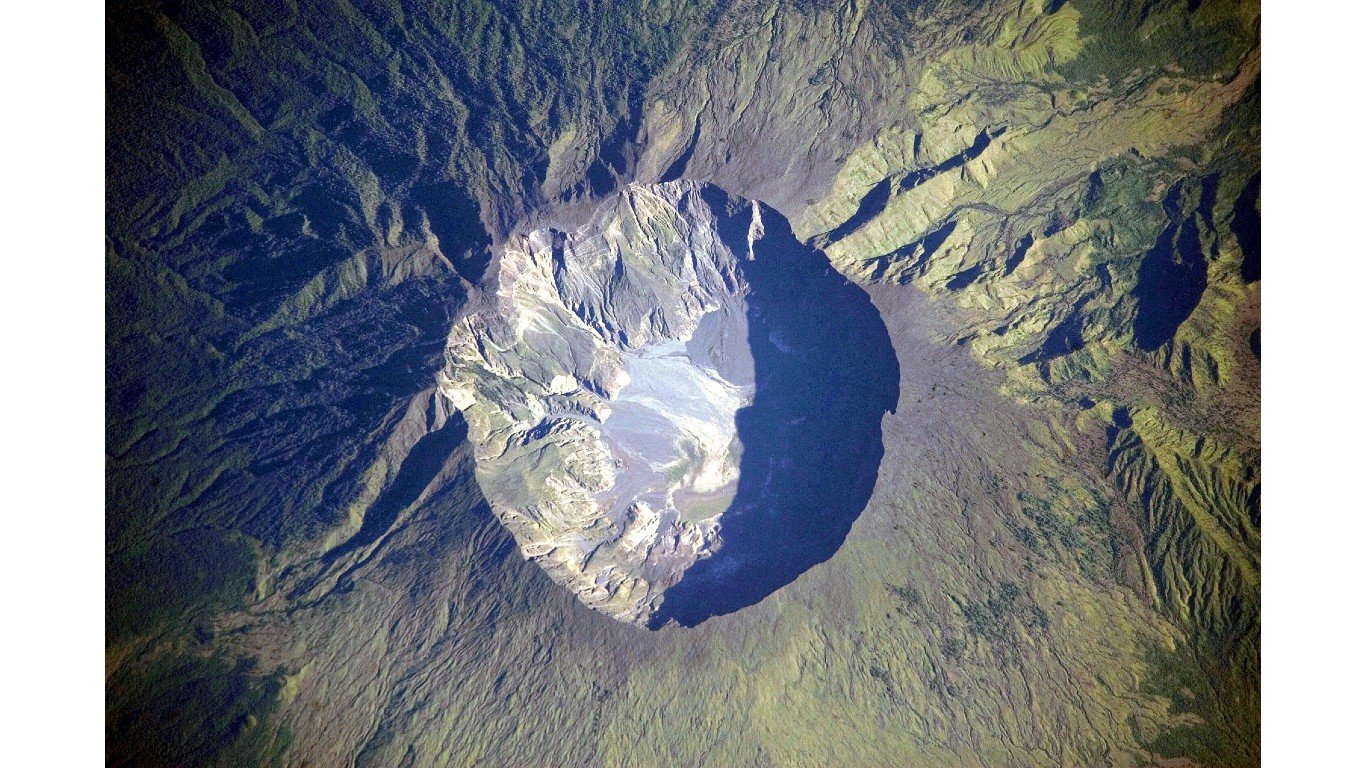
15. Tambora eruption
> Era: 1815 A.D.
In 1815, Mt. Tambora on Sumbawa Island in Indonesia erupted in one of the most intense volcanic eruptions experienced in human history. The blast killed at least 70,000 people and was so powerful that the sound was heard over 1,200 miles away. The ejecta released by Tambora filled the atmosphere with ash, radically disrupting global weather patterns. Many referred to 1816 as “The Year Without a Summer.” It was during that summer that Mary Shelley, weathering the dreary conditions in Switzerland with other noted authors, including her husband Percy Shelley and Lord Byron, developed the story that would become “Frankenstein: or, the Modern Prometheus.”
